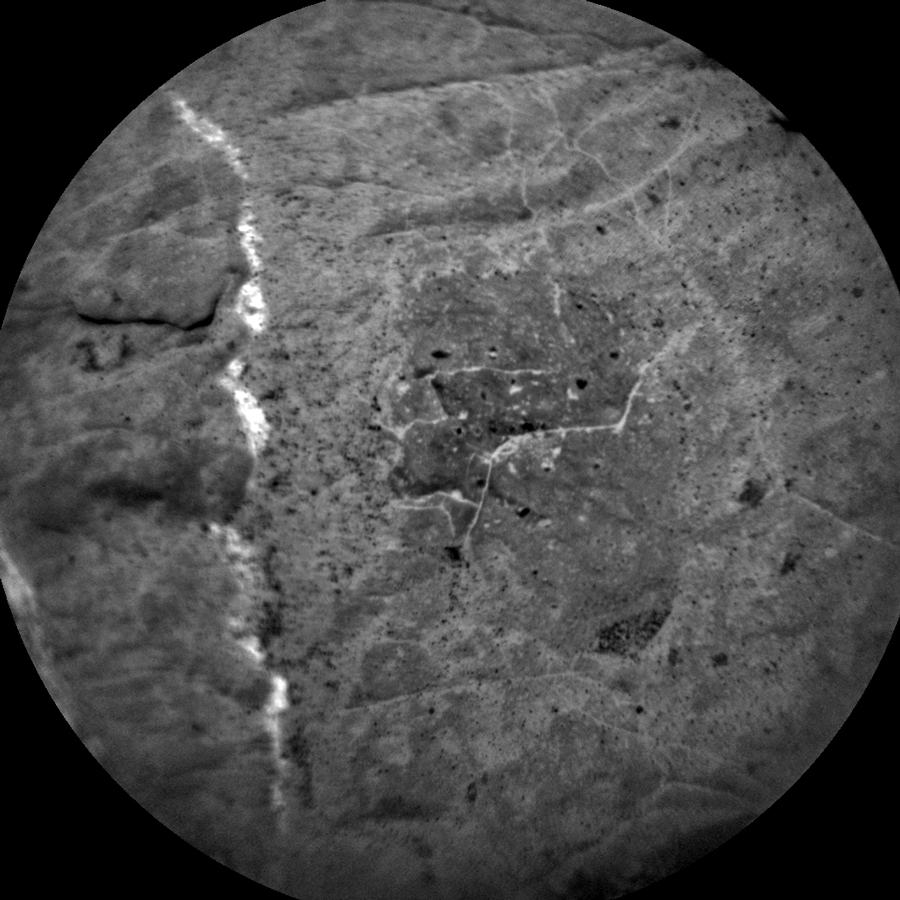2 min read

Curiosity is still busy at "Glasgow" with SAM analyzing the drill sample in the upcoming plan. This takes a lot of the rover's power, thus other activities have to wait just a little. But we are all looking forward to what SAM will find, so patience isn't a problem at all! Questions those SAM analysis can answer, from a mineralogist point of view (yes, that's me...) are "How much water does this sample release when heated?" and "How much sulphur does this sample release?", both of which are very important additions to the information we get for mineralogy from CheMin and for chemistry from ChemCam and APXS.
Despite the power going mostly to SAM, there are two ChemCam activities in the plan. Target "Glenapp" will be used for ChemCam pointing test. Since the instrument is looking at tiny, tiny things on Mars, the team is going to use this activity to even better understand the accuracy with which the laser hits its target. The second target, "Bowhill," is a float rock that could come from the pediment, at least that's how it looks to today's planning team. ChemCam will investigate it, so we can be sure by comparing the chemistry of the pediment rocks and this one. Mastcam is going to document tosol's ChemCam target, and a few from yestersol, too, looking at "Glowhill," "Gutcher," "Thistle Street," "Lochbuie," and "Glasgow." Mastcam will also investigate a sand patch near the rover to add to the science on modern sediments that the team has been doing throughout the mission.
And then we start to "stare into the distance" on the second sol. A Navcam line of sight, and Navcam suprahorizon and zenith movies, and then we are looking for dust devils, too. If you have never seen one on Mars, you can look back to sol 1597! All this will allow the REMS team to assess the status of the atmosphere and its dust load.
Written by Susanne Schwenzer, Planetary Geologist at The Open University







